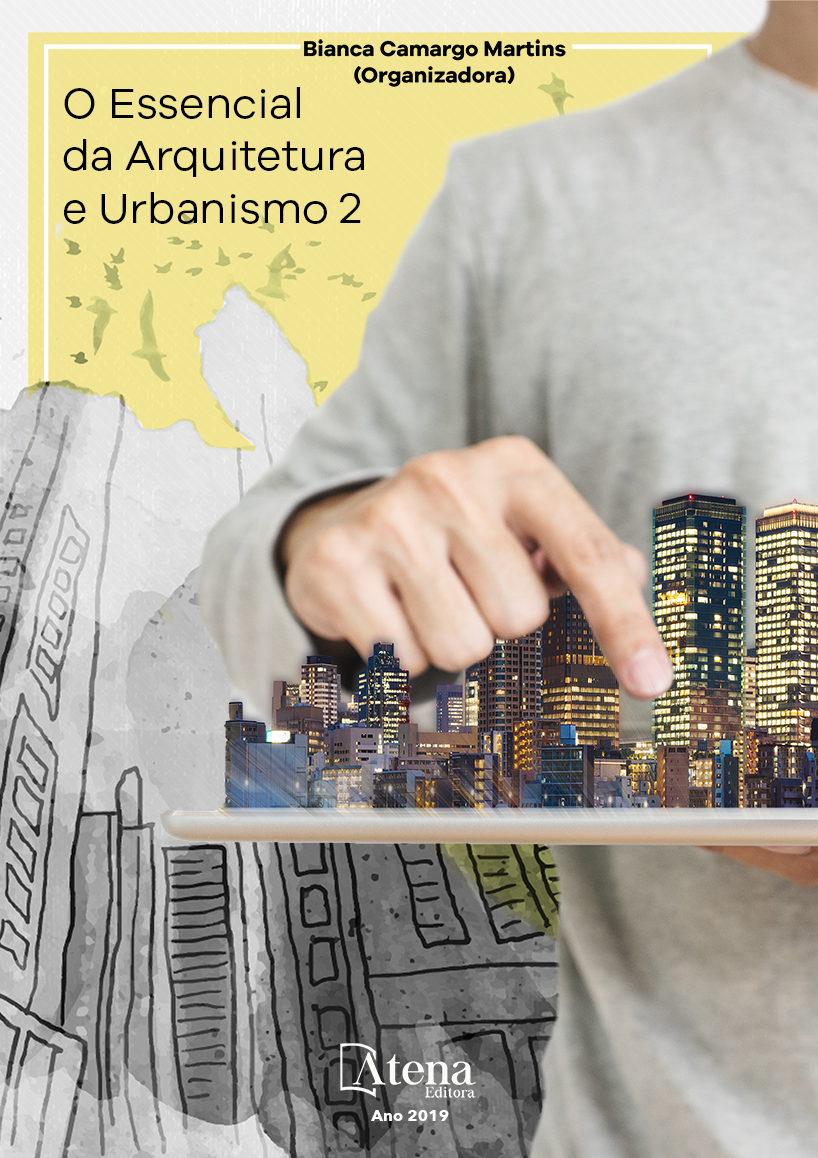
A Preservação do Patrimônio Edificado em Colatina e sua Trajetória
O presente trabalho tem a intenção
de pesquisar a respeito do processo de
desenvolvimento das políticas públicas de
preservação do patrimônio cultural em Colatina,
Espirito Santo, especificamente o patrimônio
edificado. Posteriormente averiguar como o
desenvolvimento urbano da cidade, influenciou
na condição atual do patrimônio arquitetônico
da área central da cidade. Devido as fortes
chuvas que atingiram Colatina entre os anos
de 2013 e 2014, grande parte dos registros
e documentações a respeito da história e
desenvolvimento da cidade foram perdidos,
tornando a coleta de dados mais árdua. Observase,
desde então, o aumento dos percalços à
obtenção de informações. Cabe salientar que o
trabalho está baseado em análise bibliográfica
e sistematização de informações obtidas
através de documentos, material iconográfico,
entrevistas e levantamento de campo. A
pesquisa apresenta-se como um campo vasto de
possibilidades, uma vez que há pouco autores e
pesquisadores do tema. Nota-se também que a
falta de revitalização dos prédios históricos tem
acarretado situações para a desvalorização dos
imóveis em nível patrimonial. Por fim, considerase
que a relevância acadêmica deste trabalho
se dá na perspectiva de poder contribuir como
fonte para outras pesquisas voltadas para essa
temática.
A Preservação do Patrimônio Edificado em Colatina e sua Trajetória
-
DOI: 10.22533/at.ed.66119170415
-
Palavras-chave: Patrimônio, historia, memoria, cultura, arquitetura.
-
Keywords: Heritage, history, memory, culture, architecture.
-
Abstract:
This paper intends to investigate
about the process of development of the public
policies of preservation of the cultural heritage
in Colatina, Espirito Santo, specifically the built
heritage. Subsequently, to inquire how the urban
development of the city, influenced over the
current condition of the architectural heritage of
the central area of the city. Due to heavy rains
that hit Colatina between 2013 and 2014, much
of the records and documentation regarding
the city’s history and development were lost,
making data collection more demanding. Since
then, there has been an increase in the difficulty
in obtaining information. It should be noted that
this work is based on bibliographic analysis and
systematization of information gathered through
documents, iconographic material, interviews
and field analyses. The research presents itself
as a vast field of possibilities, since there aren’t
many authors and researchers on the theme.
It is also noted that the lack of revitalization of
historic buildings has led to situations for the
devaluation of properties at the patrimonial
level. Finally, it is considered that the academic relevance of this work is given in the
perspective of being able to contribute as a source for other research focused on this
subject.
-
Número de páginas: 15
- Alexandre Valbuza Almeida


